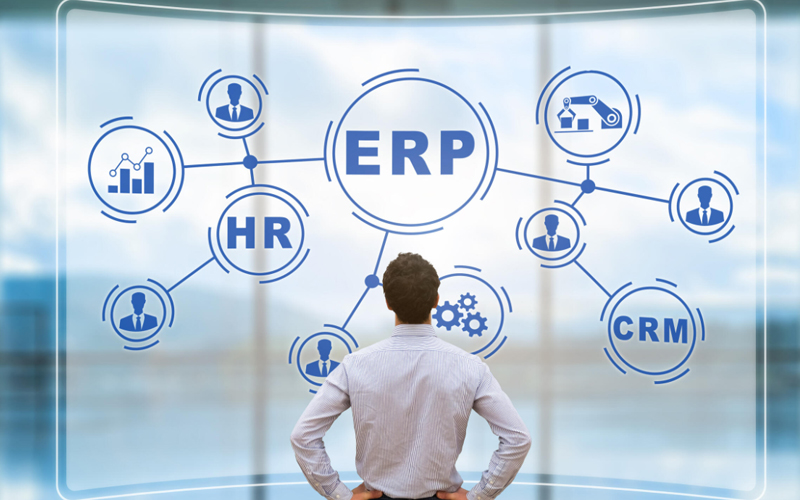The Consumer-Packaged Goods (CPG) industry is undergoing a massive transformation. Rapid digitalisation, shifting buying habits, and demand for personalised experiences are pushing brands to evolve and embrace CPG ecommerce. With the global CPG market set to grow from $2,246.8 billion in 2025 to $2,864.2 billion by 2033, with a CAGR of 3%, businesses must adopt agile strategies that align with evolving expectations and market dynamics.
Understanding CPG ecommerce
CPG ecommerce refers to the online sale of everyday products such as food, beverages, personal care, and household items. It plays a pivotal role in omnichannel retail by allowing consumers to engage with brands across platforms – whenever and however they prefer. Key models helping businesses embrace CPG ecommerce include buy-online-pickup-in-store (BOPIS), third-party marketplaces, and direct-to-consumer (DTC) platforms, with each model bringing unique advantages for both businesses and customers.
When developing a CPG ecommerce strategy, businesses must focus on four key components, namely online product listings, shopping carts and secure payment systems, efficient order fulfilment and returns management, and real-time customer support. And managing these effectively can unlock a host of benefits, including:
- Wider market reach and reduced operational overhead
- Data-driven decision-making and product innovation
- Faster time to market
- Enhanced loyalty through personalised experiences
A well-executed CPG ecommerce strategy empowers brands to grow sustainably while adapting to real-time consumer needs. This strategy becomes a key driver of both market responsiveness and brand equity.
Tackling ecommerce hurdles with smart CPG ecommerce strategies
Embracing CPG ecommerce is not without hurdles. Brands often face fierce competition, rising logistics costs, data security concerns, and the ongoing battle to win and retain customer trust. And success depends on a multifaceted approach, combining technology, customer focus, and operational agility.
Key CPG ecommerce strategies businesses can adopt to overcome these challenges and drive growth include:
Driving recurring revenue with product subscriptions
Subscription models offer predictable income while deepening customer relationships. They also help improve forecasting and reduce churn. With smart bundling and tiered pricing, brands can boost retention and lifetime value.
Focusing on content-led brand differentiation
Strong content allows leading brands to educate, engage, and convert. From video tutorials to comparison guides, effective storytelling builds recognition, creates an emotional and functional bridge to buyers and drives preference in crowded markets.
Embedding brand purpose into the experience
Consumers increasingly value mission-driven brands. Sharing values transparently and aligning purpose with action reinforces authenticity and fosters loyalty and trust.
Building meaningful customer connections
Engagement through interactive tools, personalised emails, and social storytelling can transform one-time buyers into long-term advocates. It can also power community-driven marketing, further amplifying loyalty and brand reach.
Leveraging data-driven insights for hyper-personalised strategies
Big data and real-time analytics help unlock deeper consumer insights, making tailored offers, optimised inventory, and dynamic pricing achievable at scale. Predictive insights can also inform product development and marketing strategies for enhanced efficiency.
Integrating AI and emerging technologies
AI, augmented reality, and automation help streamline everything from product discovery to delivery. These tools also help elevate customer experience and convenience, giving brands a competitive edge in fulfilment and service.
Scaling with direct-to-consumer (DTC) models
DTC channels give brands full control over messaging, pricing, and data. This control fosters stronger relationships and improved margins while also allowing for quick pivots in response to market shifts.
Simplifying and digitising supply chains
Optimised logistics and automated warehousing reduce costs and improve order accuracy. Agility in supply chains and digitised networks enhance visibility and boost responsiveness, both vital for managing supply chain disruptions.
Amplifying reach through CPG digital marketing
A strong CPG digital marketing strategy that includes influencer campaigns, paid ads, remarketing, and user-generated content promotes omnichannel integration. This not only helps maintain engagement but also enhances campaign effectiveness and ROI.
Enhancing the customer journey
Streamlined checkout processes, flexible payment options, and real-time support enhance satisfaction and reduce drop-offs. Such frictionless experience is crucial for building trust and promoting repeat purchases.
Driving innovation with continuous improvement
Experimentation and feedback loops ensure brands stay ahead of expectations and technology shifts, keeping the offerings relevant and impactful.
Forging strategic partnerships
Collaborations with tech platforms, logistics providers, or niche marketplaces can improve capabilities and reach, helping up innovation and market entry.
Staying alert to competitor moves
Monitoring competitors helps anticipate trends, identify gaps, and remain agile in pricing and positioning. Such proactive intelligence gathering supports faster decision-making to ensure better differentiation.
Prioritising data protection and compliance
Transparent practices, secure systems, and adherence to local regulations protect brand equity and customer trust. Staying compliant also prevents costly disruptions and reputational damage.
With next-gen scalable CPG BPM solutions, Infosys BPM helps organisations build resilient CPG ecommerce operations, empowering brands to embrace the digital consumer revolution with improved agility and elevated customer experience. Emerging trends such as flexible fulfilment models and mobile-first ecommerce will reshape the sector further, making strategic digital investments a necessity rather than a choice. As new channels and customer preferences evolve, Infosys BPM ensures businesses remain future-ready.
Conclusion
Success in CPG ecommerce depends on agility, insight, and execution. With the right blend of content, technology, and customer focus, brands can create meaningful differentiation and sustainable growth in a competitive landscape. As expectations shift faster than ever, brands that embrace digital transformation not only survive – but thrive – by creating agile, human-centred CPG ecommerce experiences.








